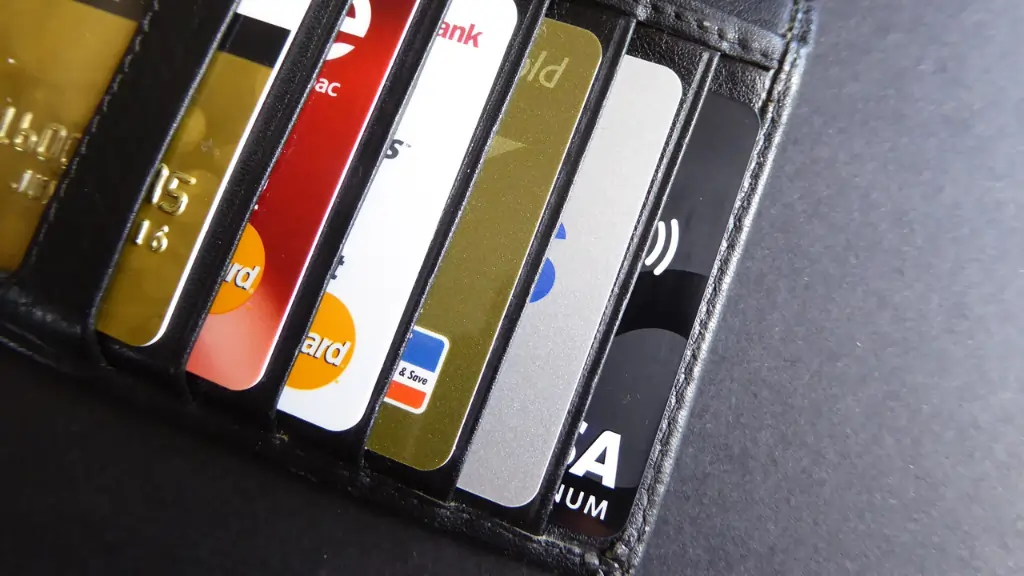Three Ways To Tackle Credit Card Debt

Accumulating debt is a fundamental part of the financial world, however, getting yourself into debt you can’t handle is not. There are ways that you can combat your debt through the very thing rumoured to cause it – yip, your credit card. Most people overwhelmingly choose ineffective strategies for paying off their debt. Do you want to take twenty years to pay off your credit card? Or pay double the original amount of an object over time due to high-interest rates? – of course, you don’t – yet, choosing to make only the minimum monthly repayments on your credit cards may soon turn this hypothetical situation into a very real one – wasting you exorbitant amounts of money over a long period of time. However, there are ways to solve your debt problems that don’t do damage to your credit score or bank account, here are the top three ways how.
Accelerate Your Monthly Repayment
One of the more obvious methods of tackling credit card debt involves scaling back on your charges and accelerating the amount you pay back on your outstanding balance each month. If you are carrying over debt on multiple accounts, then you will need to prioritize which account to tackle first. Here are your top options to consider:
- The Debt Snow Ball
- The “debt snowball” is an option to pay off your lowest balance first and move upwards, this is great for building an early momentum minimizing your credit card debt and can potentially help improve your credit score if managed correctly.Credit providers pay close attention to your debt-to-limit ratio as well as the total number of accounts you have with outstanding balances. Tackling your account with the lowest balance allows you to quickly settle that account and reduce the number of accounts you have in rears, with fewer outstanding balances your credit score moves to a better position.
- Paying Off the Highest Interest Rate
- Paying off your credit card debt with the highest interest rate first is a popular financial move as it will help to quickly minimize the continuing growing amount you owe on the account and help improve your credit score.
Take Out a Personal Loan
Taking out a personal loan is another popular and potentially smart solution to tackling your credit card debt. When you pay off high-risk debt (credit cards) with low-risk instalment debt (personal loan) your credit score will quickly see an improvement.
However, for this plan to work effectively you might want to consult a professional to help make your final decision as you want to avoid creating new outstanding balances at a high risk, so it’s best to have your credit score and balance checked before doing so.
Zero Interest Transfer
High-interest rates on credit cards are notoriously expensive and even if you’ve managed to cut down on your spending and pay your debt in large lump sums each month, high-interest rates, can and will slow your progress down. You can opt for a zero-interest balance transfer as part of your credit card elimination plan. It can be tempting to move a balance with a high-interest rate to a card with a substantially lower one. If your credit score is in relatively decent shape you may be able to qualify for a new credit card with a balance transfer of 0%.
However, you should only consider transferring your balance if you are committed to paying off the entire amount transferred within the interest-free introductory period of 6- 18 months to make it worthwhile.
The option that is best for you is dependant on your credit score, amount and accounts owed. You need to stay fully committed to good saving and paying habits to pay off your credit card debt. If you slip back into bad spending tendencies you may find yourself and your credit card debt in worse off shape than when you started to tackle it.